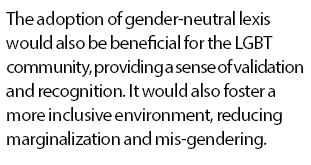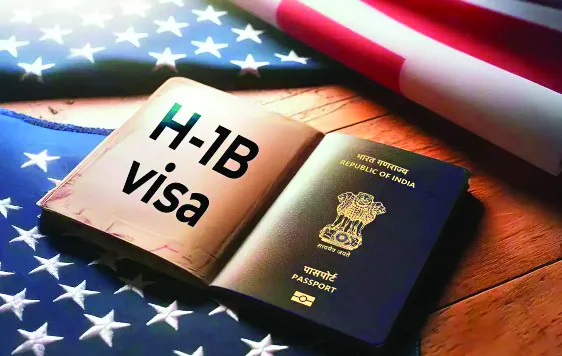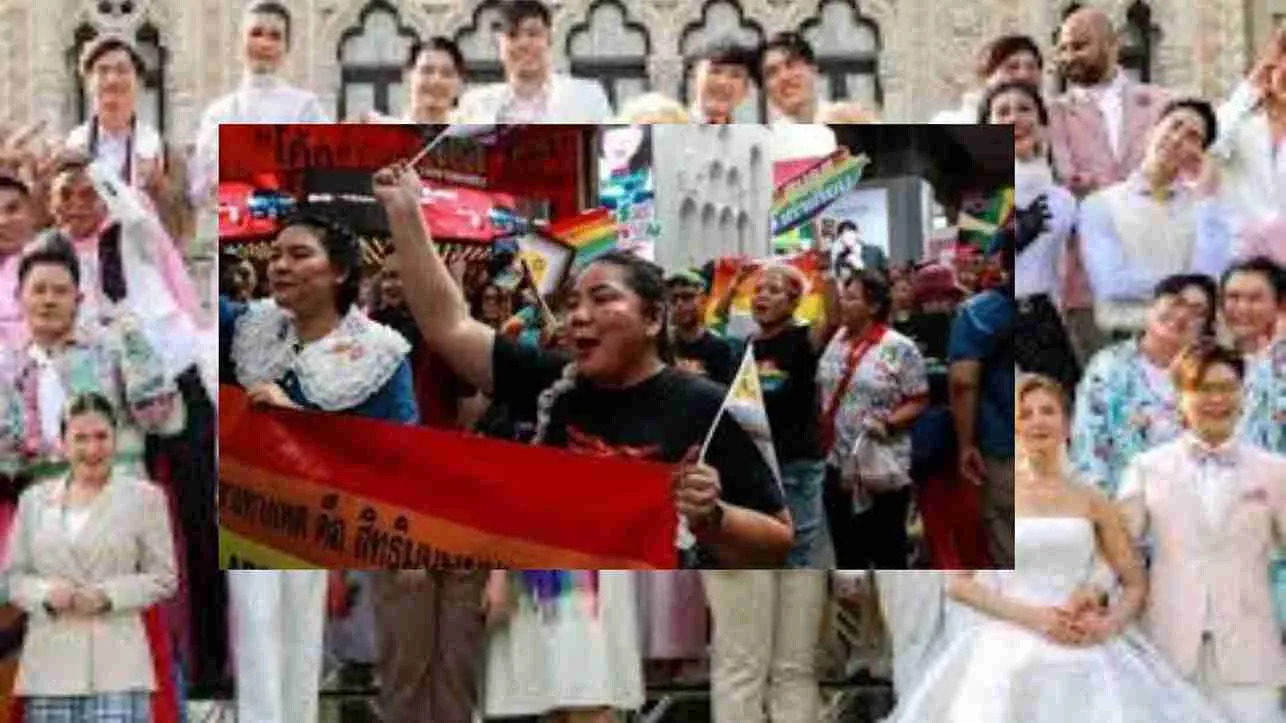Language is the most powerful and convenient mean of communication and a universal thread that entwines human relations across the globe, transcending geographical boundaries and ethnic distinctions. Whether you’re embarking on a journey overseas for studies, discovering new culinary skills in cookery classes, or delving into the dulcet rhythms of French or Spanish language classes, language is the imperative tool that accelerates communication and fosters understanding.
When world leaders, like prime ministers, assemble to discuss global issues and fake alliances, language plays a fundamental role in smoothing the dialogue and negotiations. As you travel with friends to diverse destinations, language helps you route untried terrain, engross with indigenous cultures, and create long-lasting memories.
Language is a socio-cultural-geographical phenomenon, showcasing the diversity and complexity of our world. The study of language by many linguists, socialists, and feminists such as Deborah Tannen, Judith Butler, Robin Lakoff and Simone de Beauvoir in context of gender with their invaluable insights has put forth aspects for a wider understanding of how males and females communicate moving beyond mere grammatical differences. However, when it comes to grammatical genders, revealing the dynamic dance between gender dominance and differentiation with opposite binaries as ‘masculinity’ and ‘femininity’, languages can become a source of hilarity, ridicule, and even judgment. The intricacies of grammatical genders in various languages have far-reaching effects on both, the language itself and the people who use it.
The complexities of grammatical genders in various languages have often perplexed non-native speakers. Certain nouns defy expectations, exhibiting gender assignments that contradict their literal meaning. For instance, in the Hebrew language the female body part “breast” is used as masculine, while Spanish and Irish languages describe “dress” and “girl” as masculine, respectively creating a state of perplexity and mess for non-native speakers.
In contrast, if we look at languages like Finnish, Hungarian, Vietnamese, Turkish, and Indonesian, grammatical genders are abandoned altogether. However, many languages showcase intriguing variations that can be both entertaining and perplexing. As Yusuf Ghana notes in his article “Grammatical Genders in Different Languages”, German cutlery exemplifies this phenomenon, with “das Messer” (knife) being neutral, “der Löffel” (spoon) masculine, and “die Gabel” (fork) feminine. Spanish, on the other hand, flips this gender assignment, with “la cuchara” (spoon) being feminine and “el tenedor” (fork) masculine.
These language variations have long fascinated scholars, particularly in contexts where individuals from diverse linguistic backgrounds interact. As Bernard Spolsky, a sociolinguist notes, American servicemen in Japan who learned Japanese from their female associates became a source of amusement for those familiar with the language.

Ethnographers have also pioneered the exploration of gender-specific language varieties, revealing noteworthy differences in vocabulary and communication styles. In many languages, grammatical genders assign a specific gender to every noun. This concept can be bewildering for learners of these languages, as words that have no inherent gender are arbitrarily assigned one. This fluidity in in context of language use and genders can lead to endless confusion and mistakes, making communication unnecessarily difficult.
Furthermore, the presence of grammatical genders often disseminates gender biases and stereotypes. In languages where masculine forms are used as the default, it reinforces the notion of male dominance and diminishes the importance and value of women. Similarly, in languages where feminine forms are considered weaker or subordinate, it perpetuates gender inequality and discrimination.
The renowned anthropologist Levi-Strauss documented a compelling example of an Amazonian father correcting his daughter for using a masculine term for “hunting”. Similarly, an elderly male relative’s conversation with a young Indian girl about her career aspirations, where she expressed interest in ‘neuroscience’ over ‘nursing’, highlights how gender influences language use in meaningful ways.
‘Gender exclusive’ language forms involve distinct grammatical differences made by male and female speakers when fabricating sentences for dialogue and the distinction is strongly enforced. For example, while a simple sentence like “I am going to the garden to play” in English is unisex and can be used by both genders, languages like Hindi present different feminine and masculine sentence structures for the same sentence. Such linguistic distinctions depend on mindsets, social practices, and societal principles where men play a more dominant role, consciously or subconsciously reflecting this dominance. Paul Hanly Furfey, the renowned sociologist discussed the existence of these differences, stating that men and women were fully aware of the separate language forms used to categorize them based on their gender.
If we take the LGBT community into consideration, it has long sought inclusive language reflecting their identities and experiences, diverging from traditional male/female binaries. Gender-neutral lexis is crucial for this community, as it allows individuals to express themselves without conforming to societal expectations tied to gender. LGBT language use often differs from standard gender norms, with some individuals identifying as non-binary, gender queer, or gender fluid, and using pronouns like “they” and “them” instead of “he” or “she.”
Interestingly, however, there are languages that have managed to avoid the complexities and biases associated with grammatical genders. These languages opt for gender-neutral terminology, where no distinction is made between genders. This inclusive approach greatly abridges communication, allowing individuals to focus on ideas and concepts rather than being bogged down by unnecessary gender roles.
The benefits of non-sex glossary in languages are multiple. With less chaos and evener interactions, folks will not have to worry about using the correct gendered language or making mistakes based on gender allocations. By eliminating gender-specific language, it fosters a more inclusive society where everyone is seen as equal and capable. This shift in language not only promotes gender equality but also challenges other forms of discrimination, such as racial or ethnic biases.
Additionally, gender-neutral vocabulary helps deflate the pervasive notion of male dominance. Where masculine forms have long been considered the norm, gender-neutral language serves as a powerful tool in dismantling this hierarchy. It provides a more balanced and equitable representation of both sexes, nurturing a society where individuals are respected and valued for their abilities, rather than being judged based on their gender.
The adoption of gender-neutral lexis would also be beneficial for the LGBT community, providing a sense of validation and recognition. It would also foster a more inclusive environment, reducing marginalization and mis-gendering. Moreover, gender-neutral language would promote understanding and acceptance, allowing LGBT individuals to feel more comfortable expressing themselves authentically. By integrating gender-neutral lexis into our languages, we can work towards a more inclusive and accepting society, where everyone including LGBT individuals can feel valued and respected.
Finally, gender-neutral terminology serves as a stepping stone toward achieving an equitable global society. By using language that is inclusive and recognizing the diverse identities and experiences of individuals, we create an atmosphere of acceptance and understanding. It encourages dialogue and helps break down barriers that exist due to cultural and linguistic differences.
The complexities of grammatical genders in different languages have a profound impact on language and the people who use it. However, the benefits of gender-neutral terminology far outweigh these complexities. It simplifies communication, eliminates biases, challenges discrimination, and paves the way for a more equitable society. It is time to embrace gender-neutral language and harness its power to create a harmonious and inclusive global community.
Dr. Shalini Yadav is a Professor, Writer and Columnist from Jaipur, Rajasthan.























